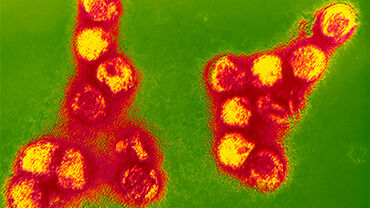Notification rates of confirmed locally-acquired tick-borne encephalitis cases per 100 000 population, EU/EEA countries, 2023 and 2019-2023
The maps below illustrate the notification rates of locally-acquired confirmed tick-borne encephalitis (TBE) cases by NUTS region. These visualisations aim to inform public health authorities and EU/EEA citizens about the regional risk of TBE.
About the data
This report is based on confirmed locally-acquired TBE cases reported to ECDC by EU/EEA countries through the EpiPulse Cases platform, as of March 2025. The NUTS level used corresponds to the level at which the majority of cases were reported by each respective country. Only cases with a specified place of infection were included in the calculation of the notification rates.
For Belgium, Bulgaria, and Croatia, information on the importation status and places of infection was provided by the ECDC National Focal Points for Emerging and Vector-Borne Diseases via email.
In addition, for countries that did not report data every year, the following period covered was adapted as follows:
- Portugal: data provided from 2020 to 2023
- Liechtenstein: data provided from 2021 to 2023
- Iceland and Malta: data provided from 2022 to 2023
For Finland, importation status was not provided for all cases reported from 2022 to 2023 and ECDC assumed that all cases were locally-acquired.
Notification rates were calculated using the number of confirmed cases reported and the corresponding population for the NUTS region as provided by Eurostat. The notification rates are provided by 100 000 population. The formula used is:

Important Considerations:
-
Surveillance of TBE may differ across countries.
-
This summary does not account for regional disparities within places of infection.









